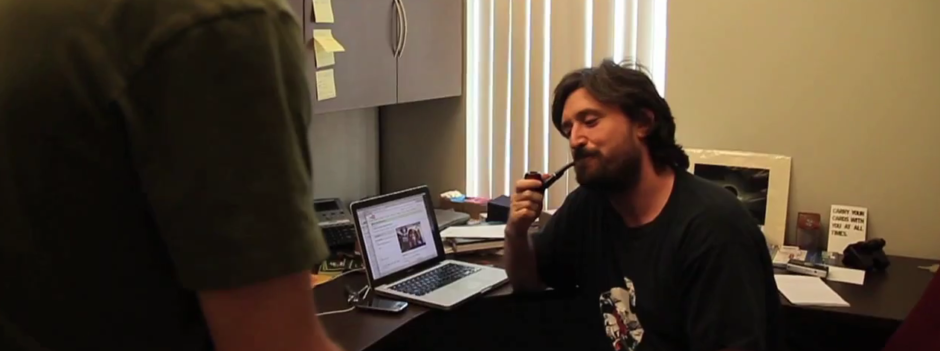This presentation explores the evolution and trajectory of ubiquitous computing technologies that enable designers to embed media artifacts and computational systems in physical space. By placing custom bar code glyphs, GPS/Google Earth markers, sensor systems or other smart-phone-readable triggers in physical locations, designers can create hyperlinks connecting real-world objects or places with a wide variety of media — from video, audio and text content to dynamic data feeds and opportunities for interactions with both human and non-human agencies. Crucially, however, this layering practice does not stop at the level of the hyperlink or the traditional notion of Augmented Reality. Rather, designers are beginning to perceive opportunities for embedding responsive computational power in physical space, enabling environments to track, profile and communicate with their inhabitants, providing customized, adaptive and anticipatory user experiences.
(see also: USC IMD)
